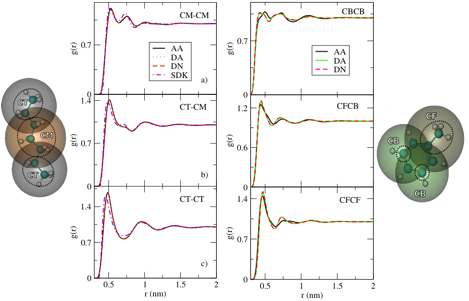Reports: ND652100-ND6: Multiscale Investigation of Asphaltene Self-Assembly
William G. Noid, PhD, Pennsylvania State University



William G. Noid, PhD, Pennsylvania State University



Reports in the ACS PRF Annual Report are published as submitted by the Principal Investigator.
Copyright © American Chemical Society